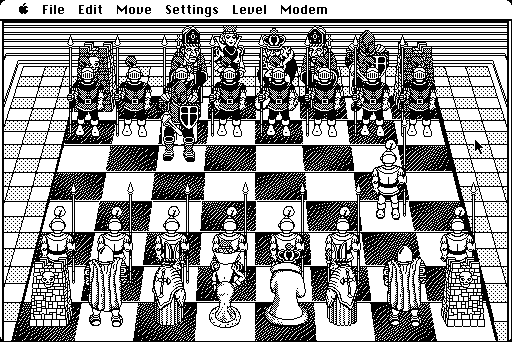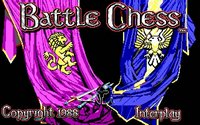

In 1849, that challenge would be met by the “Staunton” Chess Set.By the 19th century, chess clubs and competitions began to appear all around the world, it became necessary to use a standardized set that would enable players from different cultures to compete without getting confused.Thus, the original chessmen, known as counselor, infantry, cavalry, elephants, and chariots, became the queen, pawn, knight, bishop, and rook, respectively. Originally conceived of as a field of battle, the symbolic meaning of the game changed as it gained popularity in Europe, and the pieces became stand-ins for a royal court instead of an army.Prior to 1849, there was no such thing as a “normal chess ”.Prepare to discuss the following facts in whole class discussion: TEACHER NOTE: Before the class begins, read “How the Chess Set Got Its Look And Feel”, However, from its starting position a pawn can advance two spaces (1 Points).ĭefine a rank.(Horizontal rows of the chess board)ĭefine a file (Vertical columns of the chess board)

The Bishop can move diagonally any number of squares in any direction (3 Points)Ī pawn can move forward one space. Often described as “1,2, over.” The knight moves in an “L” shape motion either two spaces horizontally and one space vertically, or two spaces vertically and one space horizontally. The Knight unlike any other piece on the chessboard can ‘jump over’ another piece. Some people call this piece the “castle”. The rook has the ability to move any number of spaces horizontally or vertically. The queen can move any number of spaces in any direction. The queen is the second most important piece on the board, but the most powerful. This is because the objective of the game is to capture your opponent’s king. The king is the most important piece i n the game of chess. The pawns and the pieces together are the chessmen.Įxplain the movement of each chessmen and their standard valuations: Pieces are rook, knight, bishop, queen, and king. Reinforce the concept that pawns are not Pawns are pawns.Step 1: How to Setup the Chessboard and Step 2: How the Chess Pieces Move, Present the basic rules of Chess to the class.Point out that there are eight rows and eight columns or 8 x 8 = 64. Ask students to count the number of squares in the board.Explain that the 8 ranks have designated number names or coordinates: 1,2,3,4,5,6,7,and 8.Explain that the 8 files have designated letter names or coordinates: a,b,c,d,e,f,g,and h.Explain that the eight side-to-side rows are called ranks.Explain that the eight up-and-down (vertical) columns on a chessboard are called files.Essential Question: Why is the Queen the most powerful piece on the board?


 0 kommentar(er)
0 kommentar(er)
